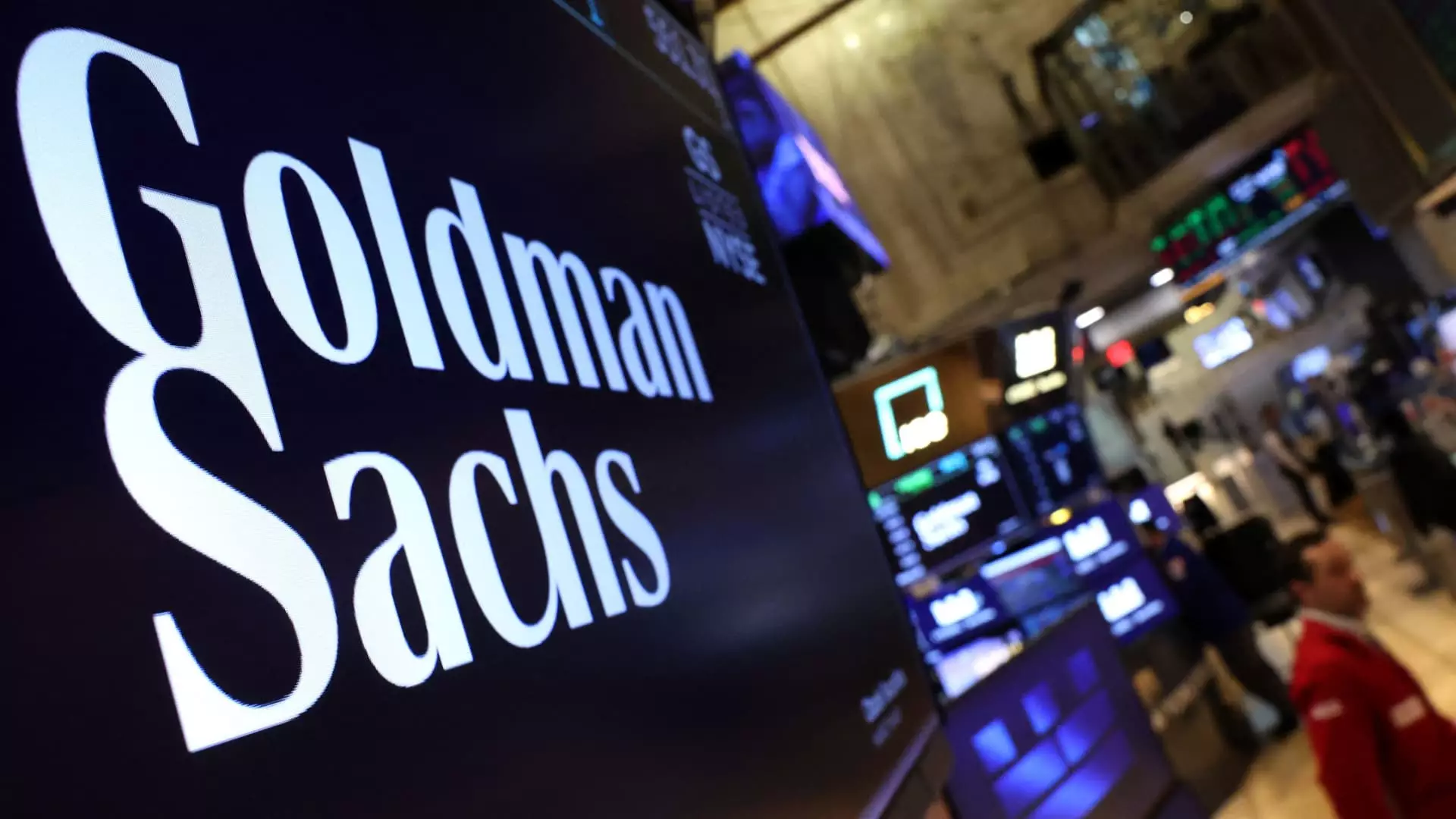In a bold move that promises to revolutionize short-term cash management, Goldman Sachs and BNY Mellon are launching a project to bring tokenized money market funds into the mainstream. While this may sound groundbreaking, the reality is that such innovation is riddled with overhyped expectations and underlying risks. At its core, this initiative merely scratches the surface of true blockchain potential, serving more as a marketing gimmick than a genuine leap toward efficiency. As a center-right observer advocating for pragmatic regulatory frameworks and fiscal responsibility, I see this as a calculated attempt by Wall Street to maintain relevance in an increasingly digital world while glossing over foundational issues like transparency, security, and systemic risk.
This initiative, though exciting on a superficial level, risks adding complexity rather than simplifying the cash ecosystem. Promoted as a way to facilitate faster, seamless transactions, tokenized funds in practice could complicate the delicate web of financial intermediaries and regulatory oversight. It is crucial to recognize that digitizing existing assets, such as money market funds (MMFs), does not inherently solve the core inefficiencies of the current system; rather, it introduces new layers of technological dependence, which could become vulnerabilities rather than solutions.
The Short-Term Gains Mask Long-Term Concerns
The main appeal of tokenized money market funds lies in their promise of enhanced liquidity and round-the-clock trading capabilities. To industry insiders, these digital tokens are positioned as a way to cut settlement times and enable streaming of cash assets without traditional liquidation. Yet, beneath this shiny veneer are significant issues. For one, the dependency on blockchain technology raises questions about security—smart contract bugs, hacking vulnerabilities, and the potential for fraud if proper controls are not rigorously enforced. While Goldman Sachs and BNY Mellon tout transparency and efficiency, they overlook the fact that blockchain’s immutability can be a double-edged sword—fraudulent transactions could become irreversible, making it exceedingly difficult to rectify mistakes.
Furthermore, the promise of these assets being used as collateral in various financial transactions hints at a future of interconnected and hyper-efficient markets. While this sounds advantageous for large institutions, it magnifies systemic risks. A single breach or malfunction could ripple throughout the financial system, especially when assets as fundamental as cash equivalents are digitized and linked across multiple platforms. If regulation does not keep pace—or if it is intentionally lagging—these tokenized funds could become the conduit for unforeseen crises, echoing the 2008 financial meltdown but on a different technological frontier.
The Regulatory Wild West and the Economic Reality
Despite claims of increased efficiency, the legal and regulatory landscape for tokenized money market funds remains murky. While the recent signing of the GENIUS Act signifies a recognition of stablecoins’ legitimacy, the broader framework of tokenized assets is still largely uncharted territory. This ambiguity creates a fertile ground for misuse, misclassification, and potential market manipulation. For policymakers, the focus should be on safeguarding investor interests and maintaining market integrity rather than capitulating to the allure of technological novelty.
From an economic perspective, these digital funds could inadvertently deepen the divide between traditional and digital assets. Heavy reliance on blockchain could alienate smaller players and retail investors, who might not possess the technological sophistication to navigate such ecosystems safely. Meanwhile, large financial institutions could wield disproportionate influence, leveraging their expertise to benefit from these innovations while ordinary investors bear the brunt of unforeseen pitfalls. This asymmetry threatens to reinforce existing inequalities in the financial landscape, undermining trust in the markets.
Moreover, the assumption that tokenized funds will automatically increase market efficiency ignores the inherent friction and costs associated with transitioning to a digital framework. Infrastructure development, cybersecurity investments, and regulatory compliance will all incur substantial expenses, potentially eroding the marginal benefits promised by speed and automation. In essence, this is a gamble—banking on technology to fix problems that are often rooted in the very framework of centralized finance and regulatory oversight.
A Misguided Leap Toward a Digital Bubble
While proponents like Goldman Sachs and BNY Mellon paint their efforts as visionary, it’s critical to approach this development with skepticism. The current enthusiasm for tokenized assets veers dangerously close to a digital bubble—an overestimation of what blockchain technology can achieve without addressing core systemic vulnerabilities. Displacing traditional cash management with tokens promising faster settlement and collateral transfer sounds appealing, but this ignores the realities of market fragility and the importance of regulatory oversight.
In the end, tokenized money market funds exemplify Wall Street’s penchant for packaging old wine in new bottles. The promise of efficiency and innovation can obscure the fact that the financial sector’s core challenges—trust, security, and systemic stability—remain largely unaddressed. As history has shown, unchecked technological enthusiasm often precedes crises, and placing too much faith in untested blockchain solutions invites unnecessary risks.
The allure of tokenized money market funds is ultimately a mirage—a fleeting spectacle designed to captivate investors and regulators alike. It’s a reminder that innovation must be tempered with prudence, especially in a sector as vital and fragile as financial markets. While bridging the gap between traditional assets and digital technology is inevitable, it must be pursued with skepticism and rigorous oversight, not driven by the desire to outpace rivals or capitalize on fleeting trends.

